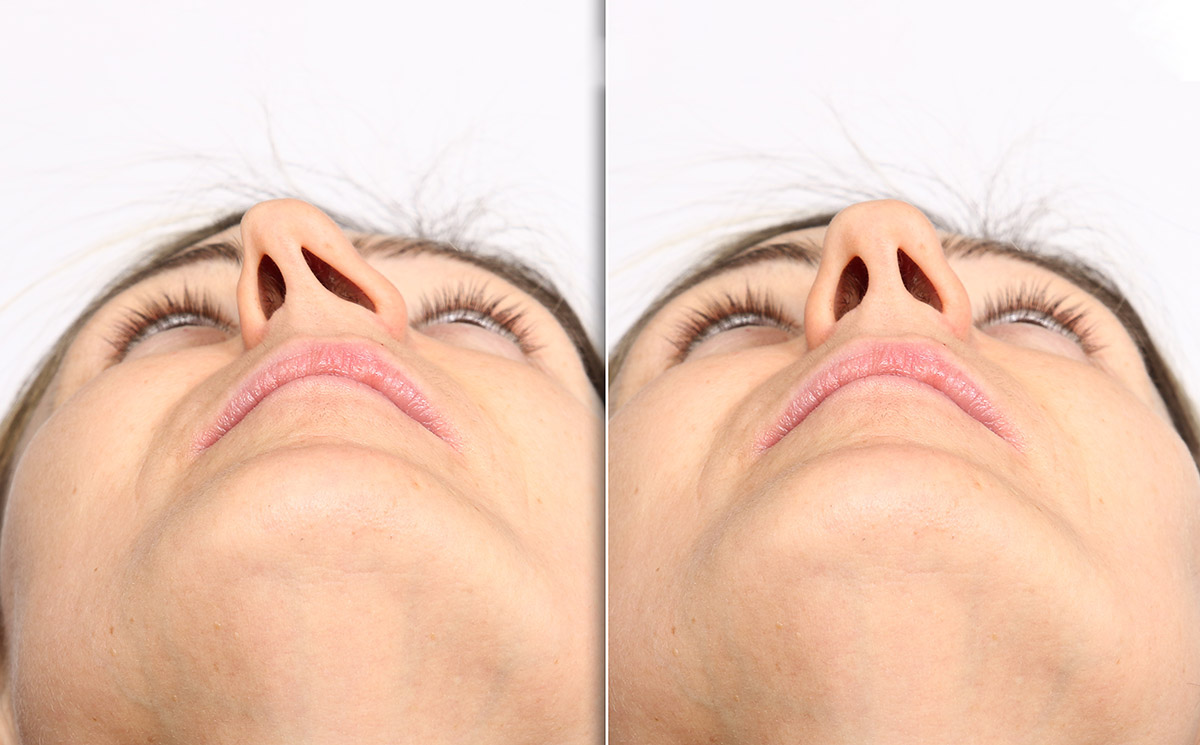Navigating the OASDI Limit 2023:Navigating the OASDI Limit 2023:
Ever wondered why some numbers in finance seem to shift every year? The OASDI limit for 2023 is one such figure that’s crucial yet often misunderstood. For those scratching their heads, OASDI stands for Old-Age, Survivors, and Disability Insurance – essentially Social Security. This year brings a fresh twist you’ll definitely want to get cozy with.
The OASDI limit marks the ceiling of your earnings taxed for Social Security purposes. Understanding this number is more than just ticking a box for the sake of it; it’s about smartly mapping out your financial journey ahead. In the same way you manage your credit cards to optimize credit health, understanding the OASDI limit helps optimize your financial health.
Understanding the Social Security Tax Limit 2023
The limit on Social Security tax isn’t something to shrug off. It’s the maximum amount of your earnings that are subject to the Social Security tax each year.
That limit is $160, 200. A nice chunk of change, right?
What Is the Social Security Tax Limit?
Let’s break it down. If your earnings hit that $160, 200 cap, you’ll pay a maximum of $9, 932.40 in Social Security taxes for the year. Your employer will kick in the same amount, for a total of $19, 864.80 paid into the system on your behalf.
But if you’re self-employed, you’re on the hook for the whole enchilada – 12.4% of your earnings up to that $160, 200 limit. The silver lining? You get to deduct half of that amount on your tax return. Every cloud, my friend. This is akin to how wisely managing your credit can lead to significant savings over time.
Now, let’s say you’re an overachiever and earn more than $160, 200. Congrats. But here’s the thing: you don’t pay Social Security taxes on anything over that amount. It’s like hitting the jackpot, tax-wise.
How the Increase Affects Payroll Taxes
So, how does this compare to last year? In 2022, the Social Security tax limit was $147, 000. That means the limit jumped by $13, 200 for 2023. Not too shabby.
But wait, there’s more. If you’re a high earner, you could pay up to $818 more in Social Security taxes this year compared to 2022. It’s all thanks to that increase in the wage base limit.
So, what does this mean for your paycheck? If you earn $160, 200 or more, you’ll see 6.2% taken out for Social Security taxes until you hit that magic number. Then, poof. No more Social Security tax withholdings for the rest of the year. It’s like a little bonus, right? Much like how responsibly using credit cards for monthly expenses can help manage cash flow effectively.
Changes in Social Security Benefits in 2023
Now, let’s talk about the fun part: Social Security benefits. Benefits are getting a boost.
Thanks to a cost-of-living adjustment (COLA), benefits will increase by 8.7%. That’s the biggest jump since 1981. It’s like giving your monthly check a caffeine boost.
Retirement Earnings Test Thresholds for 2023
But wait, there’s a catch. If you’re under your full retirement age and still working, the retirement earnings test comes into play. This quiz is all about figuring out if earning a bit more cash will mean your benefits take a hit.
The earnings limit is $21, 240 per year or $1, 770 per month for those under full retirement age. If you hit that limit, your benefits will be reduced by $1 for every $2 you earn over the threshold. Ouch.
But once you reach full retirement age, the earnings test disappears like magic. Poof. You can earn as much as you want without any reduction in benefits. It’s like hitting the retirement jackpot. Similar to how managing credit effectively can increase your purchasing power over time.


